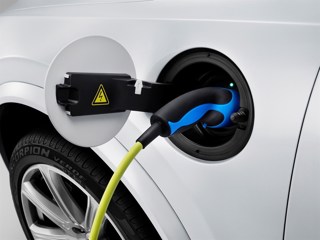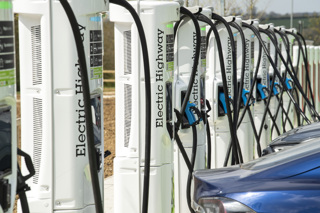KeeResources, a leading provider of automotive data to vehicle manufacturers, retailers and the fleet industry, has called for a minimum level of data to be included as standard in calculating whole life costs (WLCs).
KeeResources believes this minimum standard should include depreciation, SMR, fuel, funding, insurance, NI, and VED costs.
Mark Jowsey, director manufacturer liaison at KeeResources, said: “Incredibly, while WLCs are the key measurement for companies looking at seriously saving money on their fleet costs there is no agreed minimum standard on which such calculations are based so customers can make like-for-like comparisons.
“The different methods used are so varied, ranging from the most basic reliance on the monthly rental cost to complex forecasting, it’s not even a case of comparing apples with pears.
“As a minimum, we suggest a recognised standard calculation should include the cost of depreciation, SMR, fuel, funding, insurance, employer’s National Insurance and vehicle excise duty.
“Whether a car is company funded or financed, the full cost of acquisition should be considered.
“Incredibly, some companies do not count the cost of self-funding, even though that money could have been invested in R & D for the long-term benefit of the organisation or in savings to gain a return.
“Equally, some companies divide the total cost of fleet insurance by the number of vehicles, which doesn’t assist them in managing their premium over the longer term.
“Depreciation and SMR usually form part of the calculation but fuel is not always taken into account even though it is usually the second largest cost after depreciation.
“When it is considered, one challenge is where companies repay employees for business mileage on a pence per mile basis. So different treatments may be applied, but our view is it should be based on average fuel consumption, encouraging fleets to take responsibility for their carbon footprints and operate more economical, cleaner vehicles which in turn command better residuals.
“We would additionally advocate including the initial £55 registration figure. While this is a flat fee at present, the Government could choose to introduce a rising scale to penalise higher CO2 emission cars.
“When comparing vehicles, you do need to compare apples with apples, so if the vehicle is non-standard it needs to be compared with alternative models with similar optional equipment levels.
“Calculated properly, WLCs involve other factors including company car policy, supply terms, the threshold for capital allowances and lease rental restriction plus disposal performance.
“Companies also need to frequently review car policy to avoid getting caught out by escalating WLCs on end of life vehicles.
“Our work with clients in the leasing sector tells us time and again how new model introductions and specification increases command a premium at disposal.
“If fleets are slow to react in placing these vehicles on their choice lists they can miss a key value opportunity.
“The company car is one of the most valuable, high profile and emotive employee benefits and a fleet policy based on properly calculated WLCs can prove highly motivational to employees by widening vehicle choice and making the total reward package more valuable as a result.”
KWIKcarcost aims to provide a sophisticated whole life cost model that includes information on every vehicle make and model, enabling users to quickly identify the most cost-effective vehicles complying with fleet policy.
Importantly, says KeeResources, the cheapest vehicle solution is identified independently of the procurement method, providing a useful benchmark against which supplier performance can be measured.
A relevant white paper on Vehicle Whole Life Costs: Best Practice for Fleet Managers along with a case study is available for free download at www.kwikcarcost.com/downloads.




















Login to comment
Comments
No comments have been made yet.